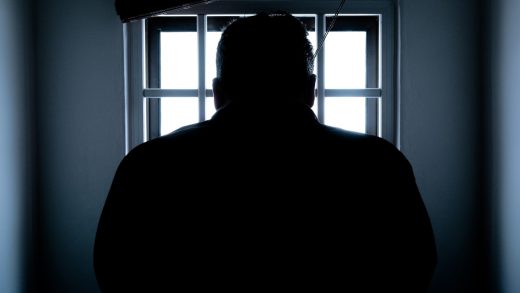4 things to know about the U.S. prison strike
A nationwide prison strike is now in its third day. Prisoners across the U.S. are attempting to force prison reform, and solidarity rallies have popped up to support them in their efforts to pressure the criminal justice system to make improvements.
The planned and organized 19-day protest includes labor and hunger strikes, sit-ins, and prison commissary boycotts. According to some reports, the effort could be on track to become the one of the largest prisoner strikes in U.S. history.
Here are four things to know about the nationwide strike:
(30)



